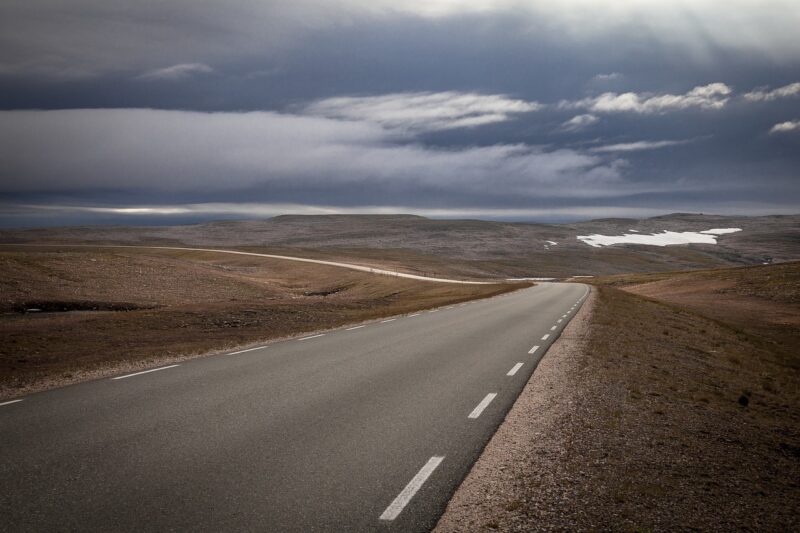
Roads and highways are the veins of our world, linking cities, countries, and cultures together. Each road has a story to tell, and many are entwined with fascinating histories, quirks, and fun facts. In this article, we will explore ten captivating facts about roads and highways that highlight their significance, uniqueness, and sometimes their eccentricities.
1. The Longest Road in the World
Did you know that the Pan-American Highway is considered the longest road in the world? Stretching approximately 19,000 miles (30,000 kilometers) from Prudhoe Bay in Alaska, USA, to Ushuaia in Argentina, this remarkable highway weaves through 14 countries, including Canada, Mexico, and Brazil, crossing diverse landscapes and climates. Its most challenging section is the Darién Gap, a dense jungle area between Panama and Colombia that has yet to be completed.
2. The World’s Most Dangerous Road
Known as the “Death Road,” Bolivia’s Yungas Road has earned its notorious reputation as one of the most dangerous roads in the world. Considered treacherous due to its extreme narrowness, steep cliffs, and lack of guardrails, this 40-mile stretch of road has claimed numerous lives. Despite its dangers, it attracts adventurous tourists seeking thrills, and there are even biking tours that allow intrepid travelers to navigate its perilous paths.
3. Unique Road Signage in Norway
Norway has made a mark with its unique road signs that guide both locals and tourists in unexpected ways. One intriguing sign indicates where moose are likely to cross the road, warning drivers to stay vigilant. Additionally, Norway features some of the world’s most scenic roads, including the Atlantic Road and the Trollstigen (Troll’s Ladder), offering breathtaking views, twists, and turns, all while keeping travelers engaged with quirky signage along the way.
4. The World’s Most Expensive Road
The South Korean city of Busan boasts what is considered one of the most expensive roads in the world, the Busan-Geoje Fixed Link. Opened in 2010, this 8.5-mile-long (13.7 kilometers) road, which connects Busan to the island of Geoje, cost around $1.3 billion to construct. This spectacular engineering feat features two bridges and an underwater tunnel, significantly reducing travel time between the mainland and the island while showcasing stunning views of the coastline.
5. The Country with the Most Roads
The United States proudly boasts the title for the most extensive road network globally, totaling over 4 million miles (6.4 million kilometers). This vast system comprises interstate highways, country roads, and city streets, creating a network that connects every corner of the nation. The sheer scale and diversity of the U.S. road system reflect the country’s expansion and development throughout history.
6. Ancient Roads Still in Use
Many ancient roads still serve as essential transportation routes today. For instance, the Via Appia in Italy, constructed in 312 BC, was one of the earliest and strategically significant Roman roads. Known as the “Queen of Roads,” it connected Rome to the southern parts of Italy and many sections of the Via Appia are still traversable, offering a glimpse into history and showcasing the engineering prowess of the Roman Empire.
7. The World’s Most Photographed Road
Route 66, often dubbed “The Mother Road,” runs from Chicago to Santa Monica and has captured the hearts of many. This iconic highway has become a symbol of American freedom and adventure. Countless travelers have made their pilgrimage along its 2,448 miles (3,940 kilometers) while capturing memories, quirky roadside attractions, and stunning vistas. The highway represents nostalgia for the open road, making it perhaps the most photographed road in the world.
8. The Slope of the Road Matters
Road design can dramatically affect safety, especially concerning slopes. Engineers and planners recognize the significance of a road’s camber (the tilt or slope of the road from the center to the gutters) to drain rainwater effectively. Roads with optimal camber reduce the risk of hydroplaning, keeping drivers safe and maintaining the integrity of road surfaces over time. Properly designing camber is crucial to roadway performance and longevity.
9. Roads in the Sky
In the Netherlands, an innovative cycle path called the “Hovenring” connects the city of Eindhoven with its surrounding neighborhoods. This unique circular bridge allows cyclists to enjoy a safe, elevated path above traffic, avoiding the dangers of road intersections. This visionary design reflects the Netherlands’ commitment to creating sustainable transportation systems, proving how roads can serve varied purposes beyond motor vehicles.
10. Highways that Disappear
The famous Highway 1 in California offers stunning coastal views but also features a disappearing section known as the “Big Sur.” Landslides can occasionally render parts of this highway impassable. When this happens, travelers often find alternative routes, showing how nature can shape our road systems. These temporary closures highlight the constant interaction between infrastructure and natural landscapes.
Conclusion
Roads and highways are more than just pathways; they carry the stories of civilization, adventure, and engineering brilliance. From the longest highway connecting two continents to ancient roads still in use, each roadway renders unique facts that reflect cultural significance and human ingenuity. The next time you travel along a road or highway, take a moment to appreciate the stories and histories interwoven within the asphalt beneath your wheels.







